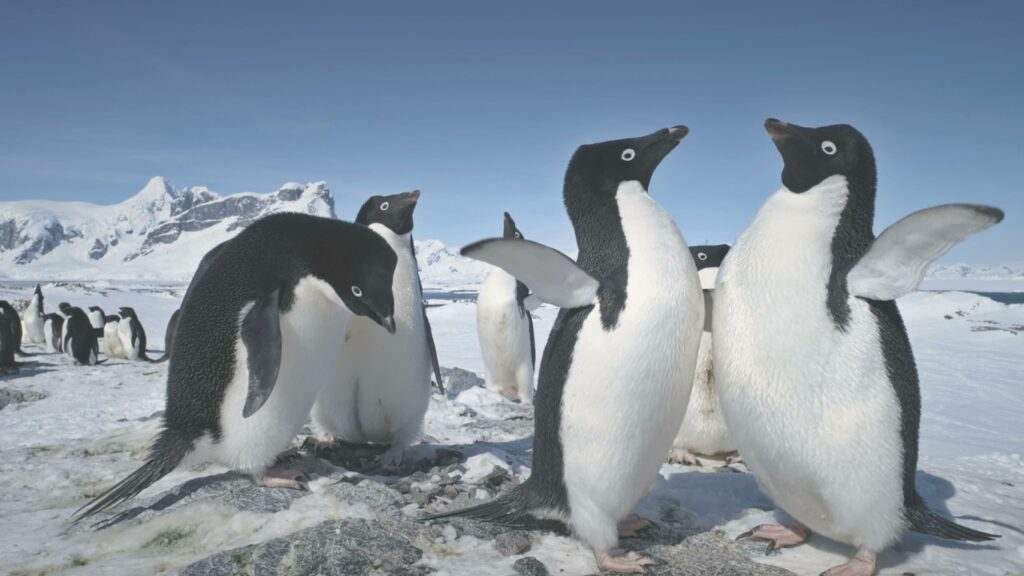From the scorching desert to the freezing ocean floor, our planet is home to some of the most extreme habitats imaginable. Yet, despite the challenges, there are animals that have adapted to not just survive, but thrive in these harsh environments. Here are 10 incredible creatures that have mastered the art of living in the toughest places on Earth.
1. Tardigrades
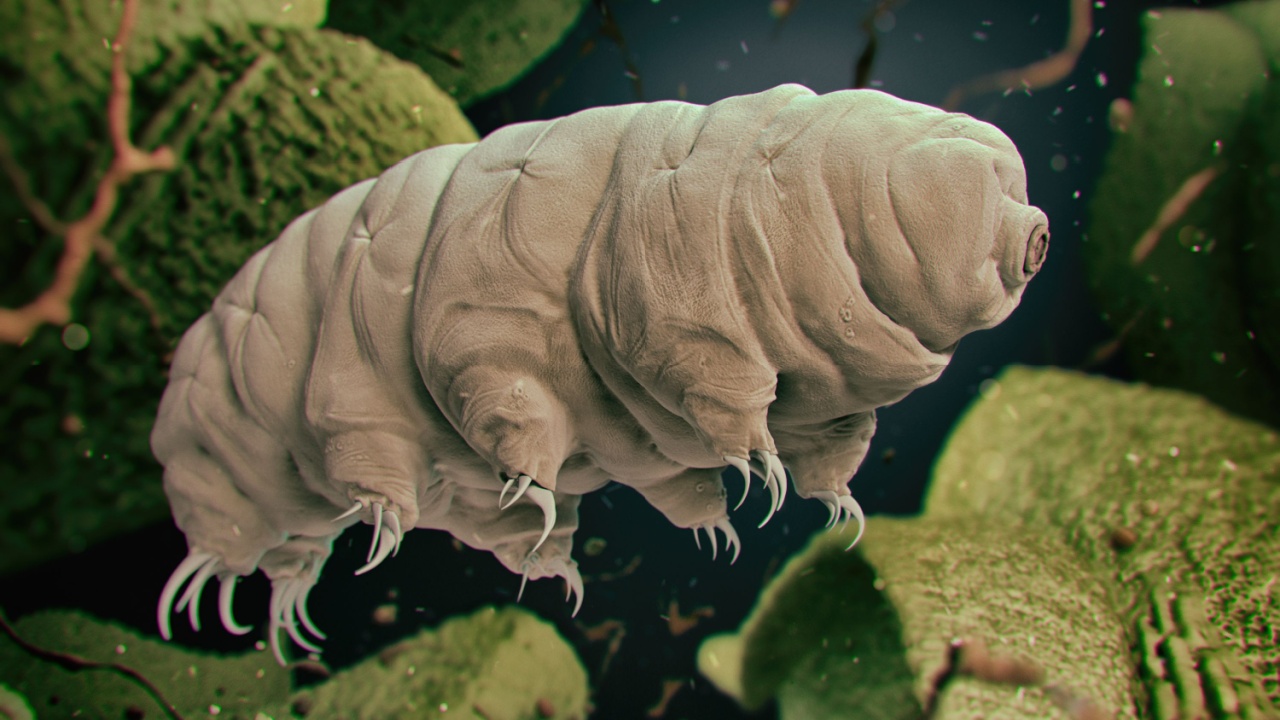
Tardigrades, also known as water bears or moss piglets, are tiny creatures that can survive extreme heat, cold, radiation, dehydration, and even the vacuum of space. These microscopic animals can enter a state of suspended animation called cryptobiosis, allowing them to withstand conditions that would be fatal to most other life forms. Tardigrades can survive in a variety of extreme environments, including the deepest parts of the ocean and the highest mountain peaks.
2. Emperor Penguins
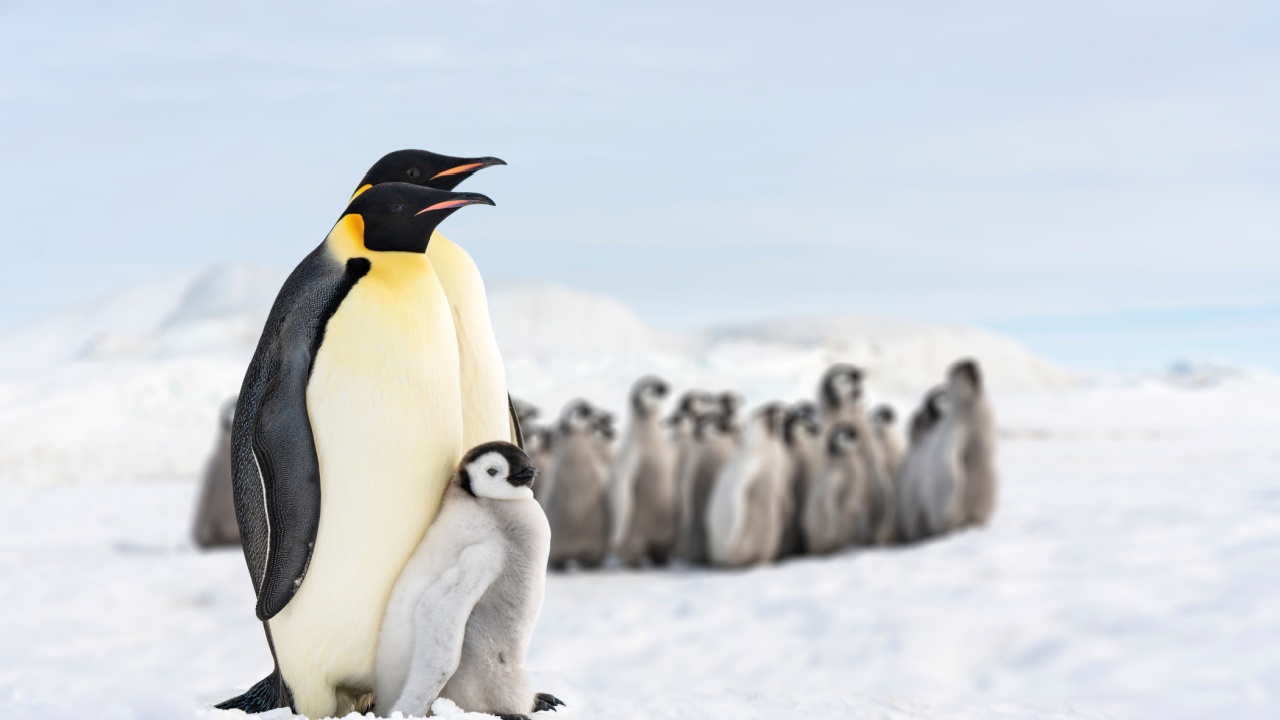
Emperor penguins are the largest of all penguin species and are well-adapted to the harsh conditions of Antarctica. These flightless birds huddle together in large groups to conserve heat during the coldest months, with temperatures reaching as low as -60°C (-76°F). Male emperor penguins take on the responsibility of incubating the eggs, balancing them on their feet and covering them with a flap of skin called a brood pouch.
3. Camels

Camels are perfectly suited to the hot, dry conditions of the desert. These large mammals have a series of adaptations that allow them to conserve water and regulate their body temperature. Camels have humps that store fat, which can be metabolized into water and energy when needed. They also have long eyelashes, nostrils that can close, and wide feet that help them navigate sandy terrain.
4. Antarctic Krill
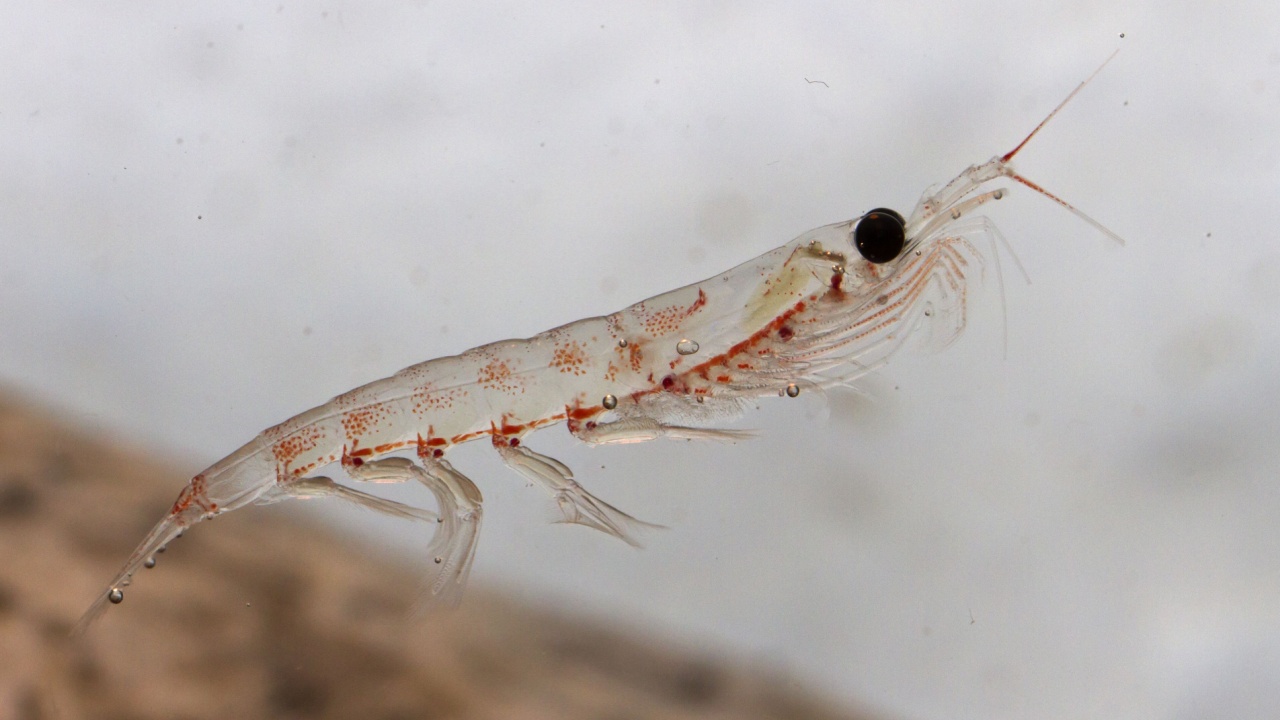
Antarctic krill are small, shrimp-like crustaceans that play a crucial role in the Southern Ocean ecosystem. These tiny animals have adapted to survive in the cold, dark waters beneath the Antarctic sea ice. Krill have a special enzyme that prevents their blood from freezing, and they can shrink their bodies to conserve energy during food shortages. Antarctic krill form the base of the food chain for many larger animals, including whales, seals, and penguins.
5. Pompeii Worms

Pompeii worms are a species of deep-sea polychaete that inhabit hydrothermal vents on the ocean floor. These worms are able to withstand temperatures up to 176°F (80°C) thanks to a symbiotic relationship with bacteria that live on their backs. The bacteria produce a heat-resistant coating that protects the worms from the scalding water. Pompeii worms are one of the most heat-tolerant animals known to science.
6. Snow Leopards

Snow leopards are elusive big cats that inhabit the high mountain ranges of Central Asia. These animals are well-adapted to the cold, with thick fur and large paws that act like snowshoes. Snow leopards are excellent climbers and can navigate steep, rocky terrain with ease. They are also able to survive at high altitudes where oxygen levels are low. Snow leopards are one of several predators that thrive in mountainous environments.
7. Sahara Desert Ants

Sahara desert ants are a species of ant that live in one of the hottest places on Earth. These tiny insects have adapted to withstand temperatures up to 158°F (70°C) by producing heat shock proteins that protect their cells from damage. Sahara desert ants also have long legs that keep their bodies away from the hot sand, and they can move at speeds up to 3 feet per second to avoid overheating.
8. Arctic Foxes
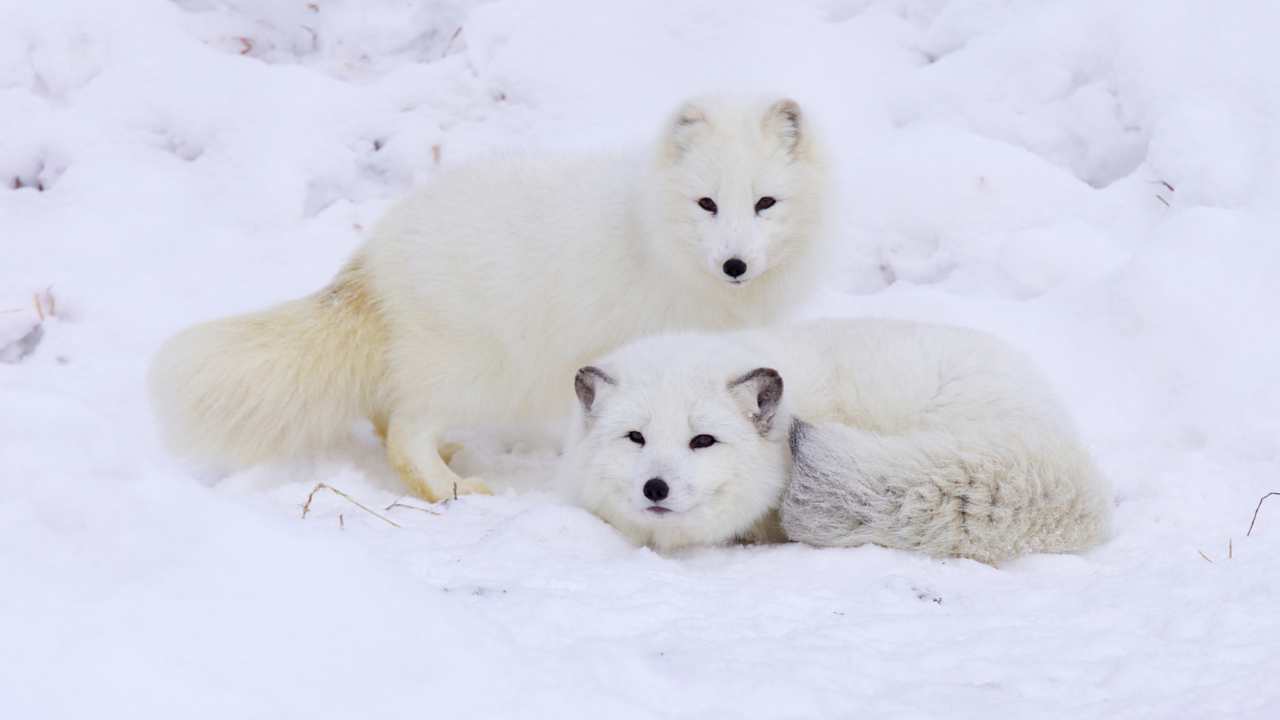
Arctic foxes are small, fluffy predators that live in the frigid tundra of the Northern Hemisphere. These animals have several adaptations that help them survive in the cold, including a thick, insulating coat that changes color with the seasons. In the summer, their coat is brown or gray, while in the winter it turns white to blend in with the snow. Arctic foxes also have furry paws that help them walk on ice and snow without slipping.
9. Snailfish
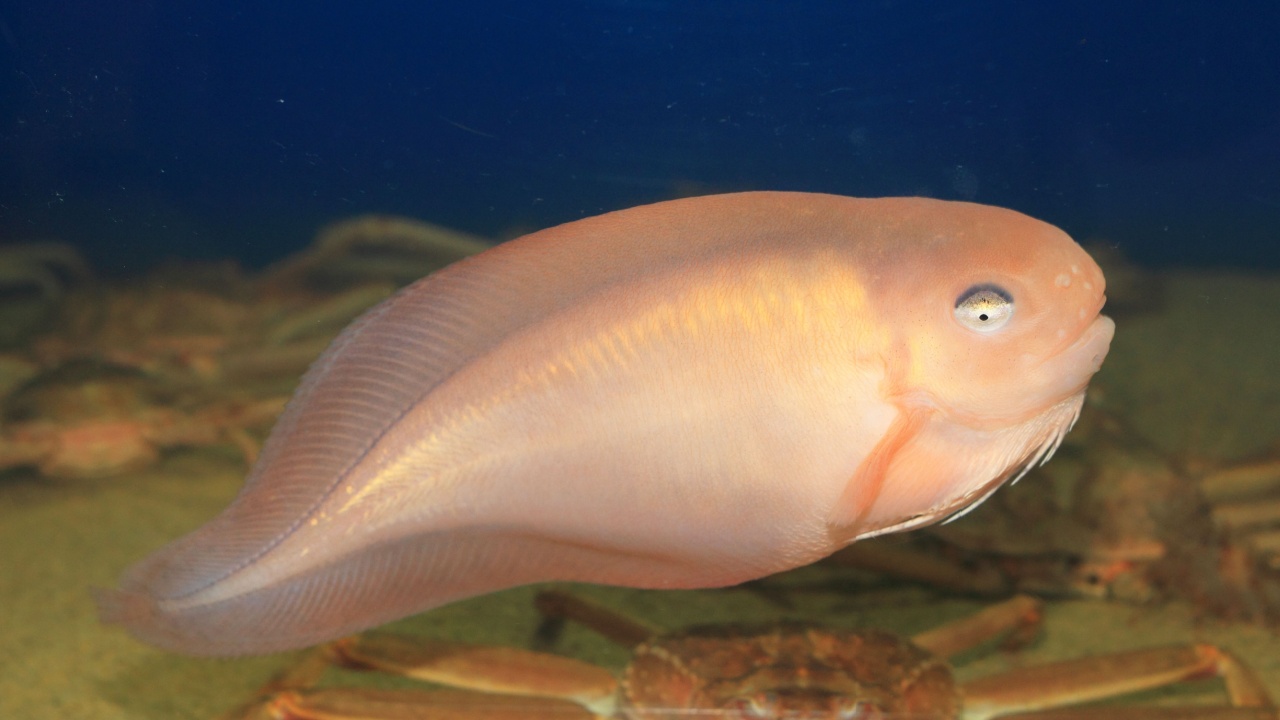
Snailfish are a family of deep-sea fish that live in the Mariana Trench, the deepest part of the ocean. These fish have evolved to withstand the immense pressure of the deep sea, which can reach up to 1,000 times the pressure at sea level. Snailfish have gelatinous bodies that are less dense than water, allowing them to float effortlessly in the darkness. They also have small eyes and rely on other senses to navigate and find food.
10. Cockroaches

Cockroaches may be infamous for their ability to survive in dirty, urban environments, but they are also incredibly resilient to extreme conditions. These insects can withstand radiation levels up to 15 times higher than humans, and they can survive for weeks without food or water. Cockroaches have even been found in the ruins of Chernobyl, the site of a devastating nuclear accident in 1986.
Becky is a fervent wildlife enthusiast and pet care expert with a diploma in canine nutrition. Her love for animals stretches beyond the domestic, embracing the wild tapestry of global fauna. With over a decade of experience in animal welfare, Becky lends her expertise to OutlandishOwl through insightful articles, captivating wildlife information, and invaluable guidance on pet nutrition. Her work embodies a deep commitment to understanding the intricate lives of animals and a passion for educating others on sustaining natural habitats. Becky's hands-on conservation efforts and her knack for translating complex dietary science into practical pet feeding tips make her an indispensable voice for creatures great and small.

